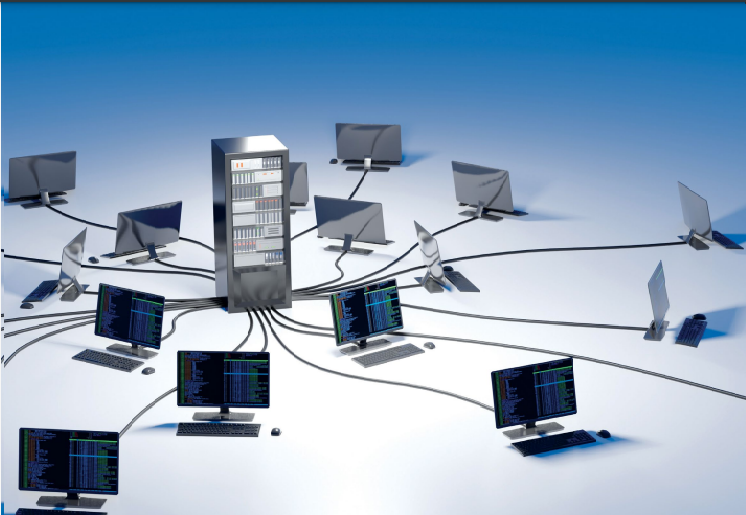Mainframe Components
A mainframe is composed of several key components that work together to deliver high performance, reliability, and scalability for large-scale data processing and transaction-handling tasks. These components can be grouped into hardware, software, and network elements -
- Hardware Components
- Software Components
- Network Components
- Clustering and Parallel Sysplex
Mainframe Components

Hardware Components -
Harware components discussed in mainframe architecture (previous topic) and those are -
- Central Processing Unit (CPU)
- Memory (RAM)
- Input/Output (I/O) Channels
- Storage (Disk and Tape)
- Channels and Control Units
- Consoles - The console is the primary interface for system administrators to control and monitor the mainframe.
Software Components -
- Operating System (OS) - It is the core software that manages hardware resources, schedules tasks, and provides a platform for applications to run.
Some popular mainframe operating systems include:
- z/OS
- z/VM
- Linux on Z
- z/VSE
- Middleware - It is software that connects different applications and allows them to communicate efficiently.
- Database Management Systems (DBMS) - Mainframes often manage huge volumes of structured data, and DBMS software provides the tools to store, retrieve, and manipulate this data.
Network Components -
- Network Adapters - These adapters allow mainframes to communicate with other systems and transfer data over a network.
- TCP/IP and SNA Protocols - TCP/IP allows them to connect with other computing environments, including PCs, servers, and cloud platforms. SNA (Systems Network Architecture) is an older networking protocol used for communication with other mainframes systems.
- Virtualization and LPARs (Logical Partitions) - LPARs enable resource partitioning, ensuring that different departments or users can share the mainframe’s resources.
Clustering and Parallel Sysplex -
- Parallel Sysplex is an IBM technology that allows multiple mainframes to work together as a single system, sharing workloads and resources.
- Sysplex - If one mainframe fails, another can take over without interrupting the workload, ensuring continuous operations
